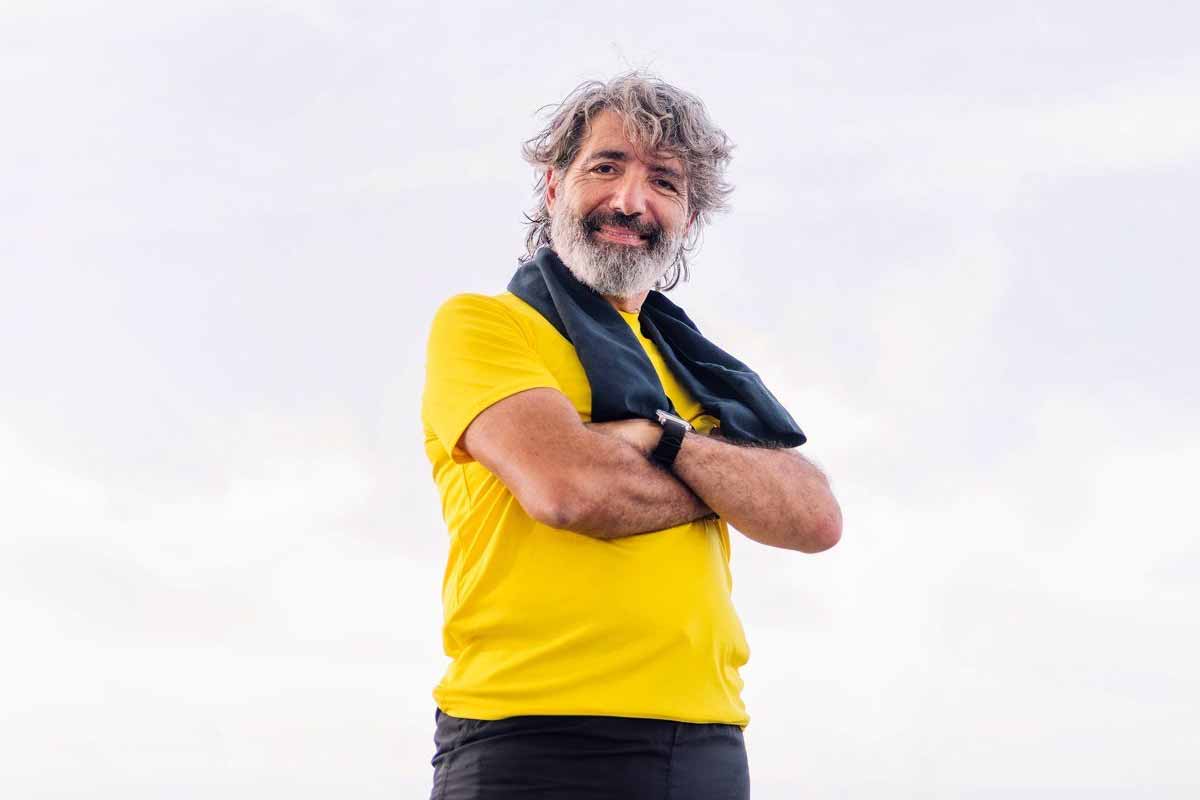Low-impact exercise can feel almost too simple, yet it quietly changes how your days unfold. You sleep deeper, wake lighter, and move without bargaining with your joints. Energy returns in steady waves, not short sparks that fade by afternoon. It’s kinder than the punishing routines most of us were taught. And it meets your body where it is, not where it used to be.
Low-impact exercise
Let’s clear the picture. Martial arts for older adults aren’t flying kicks or bruised shins. They’re measured movements, steady breath, and gentle power. Think Tai Chi in a quiet park, or Wing Chun drills that favor balance over strain. Coaches tune posture, footwork, and timing so your knees stay calm. A slight shift in stance can lift pressure from the inner knee. That’s a big deal when cartilage already asks for mercy. This is where low-impact exercise earns trust. It builds strength without the thud of pavement or the grind of heavy bars. You leave class feeling awake, not wrecked. Your gait evens out. Stairs look less menacing. The goal isn’t youth. The goal is ease, and the confidence to keep moving tomorrow.
Why martial arts beat mileage
Walking is good. Jogging can be fine. Past sixty, the body often wants a smarter plan. Martial arts teach you to stack small wins: softer landings, better alignment, steadier hips. Movements start slow, then link like beads on a string. Breath leads the rhythm. Your feet stop guessing. Balance improves because practice trains the nervous system, not only the muscles. That’s the secret sauce of low-impact exercise in this space. You’re not chasing a finish line. You’re training coordination, which spills into daily life. Uneven sidewalk? You adjust without panic. Crowded grocery aisle? You pivot and glide. Sessions rarely leave you inflamed, which means you come back. Consistency beats heroics. Progress stays humble and real, and real progress changes everything.
From wobble to control
I’ve watched a skeptic step into Tai Chi with folded arms and a cautious grin. Eight weeks later, her stance looked rooted, not rigid. She slept through the night and stopped gripping railings on stairs. The win wasn’t flashy; it was daily. She learned to stack posture from the feet up. Knees unlocked. Core awake. Shoulders soft, not slumped. That’s the posture that protects joints without armor. The practice also gives your brain a job: remember sequences, track weight shifts, keep breath steady. Cognitive load rises in a friendly way. That’s why low-impact exercise feels like tuning, not punishment. It feeds attention as much as biceps. You leave class clear-headed. Stress drops a notch. Quiet pride replaces that old dread before workouts.
The science without the jargon
Research on Tai Chi and related arts keeps pointing to the same headline: better balance, less pain, steadier mood. The body becomes more adaptable, which matters when reflexes don’t snap like they used to. Slow, precise drills challenge tiny stabilizers that big lifts ignore. Joints get support from every angle, like a tent with more lines. That’s where low-impact exercise shines. Lower impact means less inflammation after practice, and less downtime. Group classes add another layer. People show up, laugh at mixed-up steps, and try again. Loneliness loosens. That social anchor is part of the medicine. Safety still matters. Check in with a clinician. Find instructors who enjoy teaching older students. Good teachers scale intensity and watch your form like a hawk. That attention keeps progress smooth and injuries rare.
Make it yours, not perfect
Start where your body whispers yes. Two classes a week can move mountains with patience. Ten minutes at home between sessions helps the patterns stick. Pair training with short walks, gentle strength, and shoes that treat your feet kindly. If a stance pinches, back off a notch. You’re not weak. You’re listening. That’s how low-impact exercise stays sustainable. Keep a tiny journal. Jot down sleep, mood, balance wins, and small aches. Patterns appear, and adjustments get easier. Set cues you’ll actually honor: morning light through the window, kettle boiling, favorite song. Tie practice to that moment. Invite a friend if that keeps you honest. Celebrate quiet milestones. The day you forget the railing. The evening you climb into bed without a sigh. That’s progress with staying power.
What to try nex
Curious but unsure where to begin? Look for community centers, YMCAs, or parks programs. Search for Tai Chi, Aikido basics, or Wing Chun foundations with beginner labels. Ask instructors about knee-friendly options and class pace. You’re hiring them; interview freely. Expect patient coaching, clear demos, and room to adapt. Keep the bar human. You want instructors who smile when you wobble, then show the fix. Mix in breathwork before class. Five slow inhales, longer exhales. It settles nerves and primes balance. Layer in light resistance bands for hip and calf strength. That combo plays nicely with low-impact exercise. After a month, reassess. Notice the small stuff: easier turns in the kitchen, calmer mornings, a steadier step in the rain. Those details tell the truth better than any wearable.
Momentum you can feel
Stick with what feels good and keeps you coming back. That’s the whole art. If the room feels pushy, find another room. Your body isn’t a project; it’s your home. low-impact exercise respects that. It grows with you and forgives breaks. Travel? Do a short flow in a hotel room. Bad week? Try five minutes and let that be enough. Over time, the practice becomes background music for your life. You walk taller without trying, and you sleep before counting sheep. You handle stress without snapping. The gift isn’t only strength. It’s trust in your own movement. And that trust makes every day a little wider, a little brighter, and a lot more yours.
